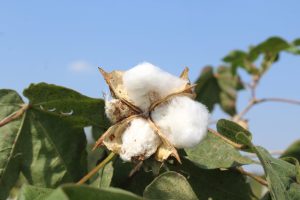Mapping the Fiber Landscape: Key Players and Projects Across Africa
The African continent is witnessing a significant surge in fiber optic network development, with key players and projects emerging across the region. This article provides an in-depth look at the current state of fiber optics in Africa, highlighting the major players, projects, and initiatives driving this growth.

Mapping the Fiber Landscape: Key Players and Projects Across Africa
Introduction to Fiber Optics in Africa
Mapping the Fiber Landscape: Key Players and Projects Across Africa. The African continent is experiencing a remarkable transformation in its telecommunications landscape, driven by the rapid expansion of fiber optic networks. As the demand for high-speed internet and reliable connectivity continues to grow, fiber optics has emerged as a critical component of Africa’s digital infrastructure. With its vast geography and diverse population, Africa presents a unique set of challenges and opportunities for fiber optic network development.
The focus on Mapping the Fiber Landscape: Key Players and Projects Across Africa is crucial for understanding the current state of fiber optics in Africa. This article will delve into the key players, projects, and initiatives driving the growth of fiber optics in Africa, highlighting the opportunities and challenges associated with this rapidly evolving landscape.
Key Players in Africa’s Fiber Optic Market
Several key players are driving the growth of fiber optics in Africa, including telecommunications operators, internet service providers, and infrastructure developers. Some of the major players in the African fiber optic market include MTN, Vodacom, Safaricom, and Liquid Telecom. These companies are investing heavily in fiber optic network development, with a focus on expanding coverage to underserved areas and improving the quality of services.
In addition to these major players, a number of smaller, regional operators are also emerging, providing fiber optic services to specific countries or regions. These operators often have a deeper understanding of local market conditions and are able to tailor their services to meet the unique needs of their customers.
Major Fiber Optic Projects in Africa
Several major fiber optic projects are currently underway in Africa, aimed at expanding coverage and improving the quality of services. One of the most notable projects is the Africa Coast to Europe (ACE) submarine cable, which spans over 17,000 kilometers and connects 25 countries in West and Central Africa. The ACE cable has significantly improved international connectivity for many African countries, enabling faster and more reliable access to global networks.
Another significant project is the Eastern Africa Submarine Cable System (EASSy), which connects countries in Eastern and Southern Africa to the global network. The EASSy cable has been instrumental in reducing latency and improving bandwidth for many African countries, enabling the growth of digital services and applications.
Challenges and Opportunities in Africa’s Fiber Optic Market
Despite the significant progress being made in Africa’s fiber optic market, several challenges remain. One of the major hurdles is the lack of infrastructure in many rural and underserved areas, making it difficult and expensive to deploy fiber optic networks. Additionally, the high cost of equipment and maintenance can be a significant barrier to entry for many operators.
However, these challenges also present opportunities for innovation and growth. The development of new technologies, such as fiber-to-the-home (FTTH) and fiber-to-the-tower (FTTT), is enabling operators to extend their networks to more remote areas, while reducing costs and improving efficiency. Additionally, the growth of digital services and applications is driving demand for high-speed internet and reliable connectivity, creating new opportunities for fiber optic operators to expand their services and reach new customers.



